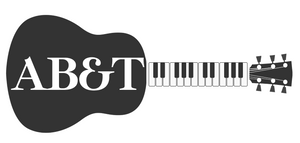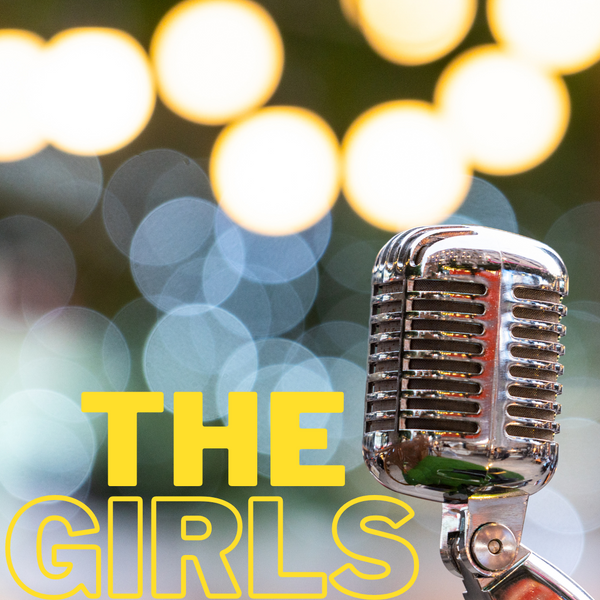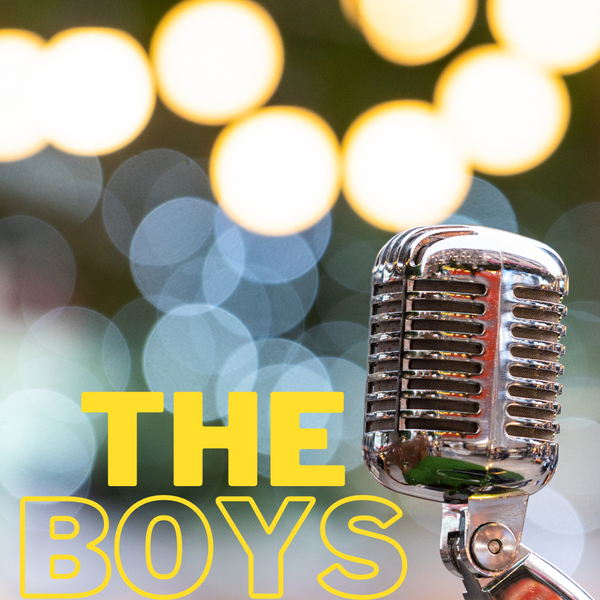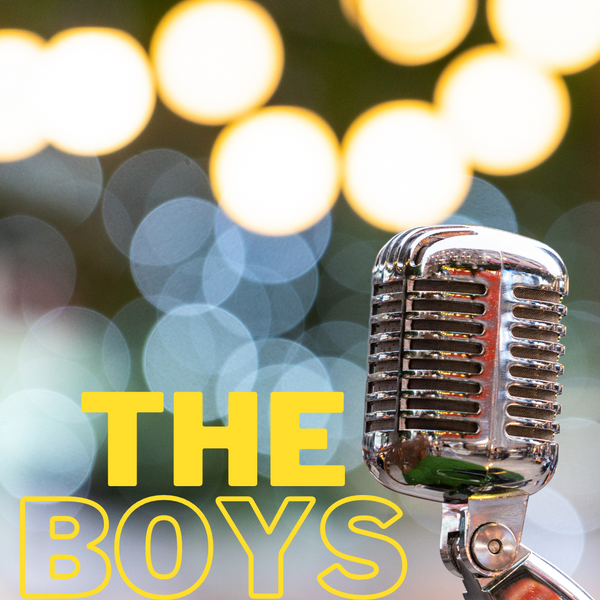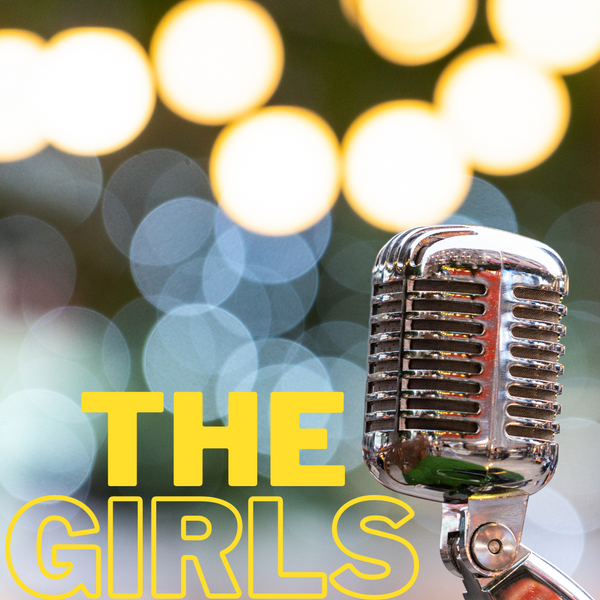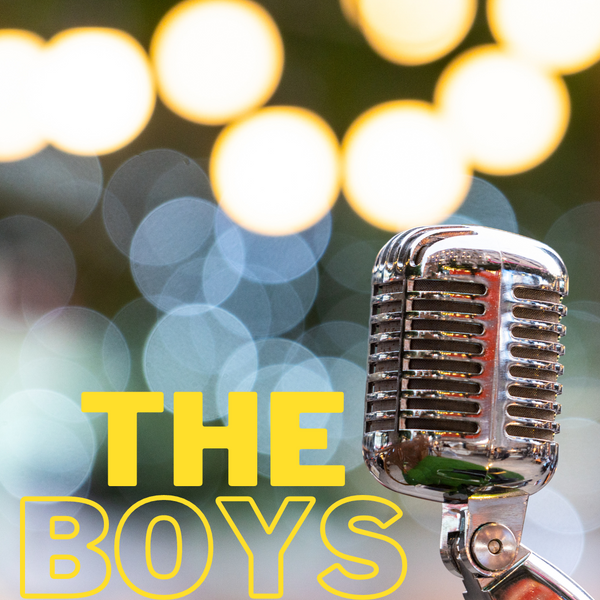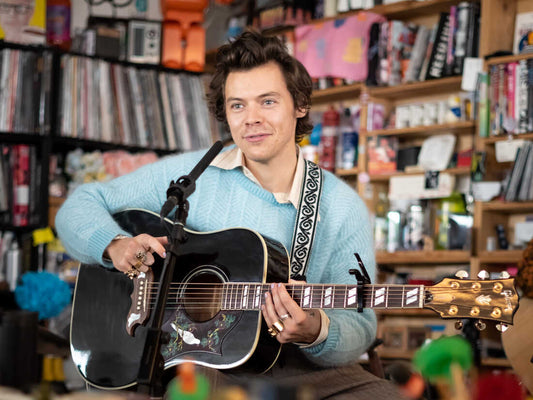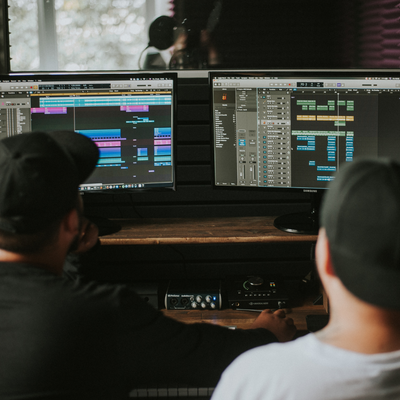The Evolution of Acoustic Backing Tracks in Music Performance
In an age dominated by digital soundscapes and electronic loops, the charm of acoustic backing tracks remains timeless. But how did they evolve to become an integral part of modern music performance? To truly appreciate their significance, we need to journey through history, tracing their origins and understanding their evolution.
The Roots: Acoustic Beginnings in Live Performance

Long before the age of amplifiers and synthesisers, music was purely acoustic. In ancient times, minstrels and troubadours wandered from village to village, using lutes, lyres, and flutes as backing instruments to accompany their poetry and stories. These performances were raw, intimate, and entirely live. There were no recordings, no looping pedals—just the performer and their instrument.
“Music is the universal language of mankind.” – Henry Wadsworth Longfellow
During the Renaissance and Baroque periods, ensembles became more sophisticated. Composers like Johann Sebastian Bach and Antonio Vivaldi wrote intricate pieces for strings, harpsichords, and woodwinds. These compositions acted as backing tracks for vocalists in operas and oratorios, setting the emotional tone and enhancing the storytelling.
The Romantic Era: Emotion-Driven Accompaniment

The 19th century saw a surge in emotional expression through music, thanks to composers like Ludwig van Beethoven and Franz Schubert. Acoustic accompaniments became richer and more dramatic, designed to support powerful vocal performances in lieder (art songs). This era solidified the importance of backing tracks not just as fillers but as emotional counterparts to lead melodies.
In salons and small concert halls, pianists would often accompany singers, using sheet music written explicitly as backing tracks. These intimate performances laid the groundwork for the acoustic backing we know today.
“To play without passion is inexcusable!” – Ludwig van Beethoven
For those interested in exploring modern acoustic backings inspired by this era, check out Acoustic Backs and Tracks.
The Early 20th Century: Jazz and Folk Influences

With the birth of jazz in the early 1900s, acoustic backing tracks evolved once again. Small ensembles featuring guitars, double basses, and pianos provided rhythmic foundations while allowing soloists the freedom to improvise. This balance between structure and spontaneity became a hallmark of jazz performance.
Simultaneously, folk music thrived worldwide, using simple acoustic accompaniments like guitars, banjos, and harmonicas. Artists like Woody Guthrie and Lead Belly used these instruments to convey powerful social messages, proving that acoustic backing tracks could be both poetic and political.
“You can’t copy anybody and end with anything. If you copy, it means you’re working without any real feeling.” – Billie Holiday
For jazz and folk-inspired backing tracks, visit Acoustic Backs and Tracks.
The Recording Revolution: Acoustic Tracks on Vinyl

The invention of recording technology transformed music forever. Suddenly, live accompaniments could be captured, replayed, and even distributed. Early phonograph records featured acoustic tracks recorded live in single takes, preserving the authenticity and spontaneity of performances.
By the mid-20th century, acoustic backing tracks were meticulously arranged and recorded in studios. This era saw iconic recordings from artists like Bob Dylan and Joan Baez, whose folk-inspired tracks relied heavily on guitar and harmonica accompaniments. Their music showcased the power of simplicity, using minimal instrumentation to deliver profound lyrical content.
Related Products
“Take care of all your memories. For you cannot relive them.” – Bob Dylan
Discover vintage-inspired acoustic tracks at Acoustic Backs and Tracks.
The Digital Age: Sampling and Looping

With the advent of digital technology, acoustic backing tracks entered a new dimension. Sampling allowed producers to capture snippets of live acoustic performances and rearrange them into loops. This technique gave birth to genres like trip-hop and lo-fi, where organic acoustic sounds blended seamlessly with electronic elements.
Artists like Beck and Bon Iver experimented with acoustic samples, pushing the boundaries of traditional backing tracks. Meanwhile, loop pedals became popular among solo performers, enabling them to layer acoustic sounds in real time, creating the illusion of a full band.
“There’s something about an acoustic guitar that just calms you down.” – Paul Simon
Looking to experiment with acoustic loops? Head over to Acoustic Backs and Tracks.
Today’s Landscape: Versatility and Accessibility

Today, acoustic backing tracks are more versatile and accessible than ever before. Musicians can easily find or create high-quality acoustic accompaniments using digital audio workstations (DAWs) and virtual instruments. Online platforms offer extensive libraries of pre-recorded acoustic tracks, catering to all genres and performance needs.
Live performances have also embraced this evolution. From indie artists busking on street corners to global superstars performing unplugged sessions, acoustic backing tracks provide the perfect balance of support and simplicity.
“Music is about feeling. You can talk all day long, but if you don’t feel it, it won’t come out right.” – Stevie Ray Vaughan
The Future: Where Acoustic Meets Digital

As technology continues to advance, the fusion of acoustic and digital elements will likely become even more seamless. Augmented reality performances, and immersive soundscapes are just a couple of possibilities on the horizon. Yet, no matter how sophisticated technology becomes, the raw emotional power of acoustic backing tracks will remain timeless.
“The beautiful thing about music is that it transcends time and space.” – Herbie Hancock
Stay ahead of the curve with cutting-edge acoustic backing tracks at Acoustic Backs and Tracks.
A Timeless Tradition
From ancient storytellers to modern digital creators, the journey of acoustic backing tracks has been one of constant evolution. Yet, at their core, they serve the same purpose: to enhance storytelling, evoke emotion, and connect with listeners.
As we look to the future, let's not forget the rich history that shaped the acoustic sounds we cherish today. Whether played live or streamed digitally, acoustic backing tracks will continue to inspire generations of musicians and audiences alike.
